When I started this project, I learned that the advantage of FPGAs is that they can integrate multiple functions into a single chip and can modify the chip functionality through reconfiguration. But this flexibility also makes me want to know: how should I deal with FPGA and external components interface and interface connection and other issues? Since FPGAs have an average design cycle of two to three years, and considering the replacement of communication technologies such as USB 3.0 to USB type-c, I can hardly understand how FPGAs can really bring benefits.
As with most MCU projects, I'm going to start with the sample code and build my own project with various examples. But for each of the examples, I found that I was becoming less familiar and the results were becoming more and more confusing. Here the code is used to define objects and call functions, which is common in MCUs, but some definitions are performed in higher-order functions while others are in another. As usual, these functions are used to perform a function or task, but some functions depend on other functions while others are independent. As I discovered when trying to comment on them, code that is not directly called is still the key to code functionality.
I decided to search for "Intel FPGA Setup Cyclone V" on YouTube to find examples and "Setup&Go" training. When I browse these contents, I find a common theme (Figure 1):
1. A seemingly incoherent set of orders is still valid but seems incomplete.
2. Lack of external modules or components that do not support FPGAs.
With these observations, I reviewed more design samples and code and found significant advantages of the Intel Cyclone V and HPS FPGA architectures. Figure 1 shows the HDMI command set, which includes a series of uncalled code. They are not run sequentially but run in parallel. They function much like callback functions, which are activated when data from higher-level controllers is called in the HPS. The compiler then increases the ability to deliver information to the MCU and vice versa. What needs to be done between the two is to harmonize definitions and schedules.
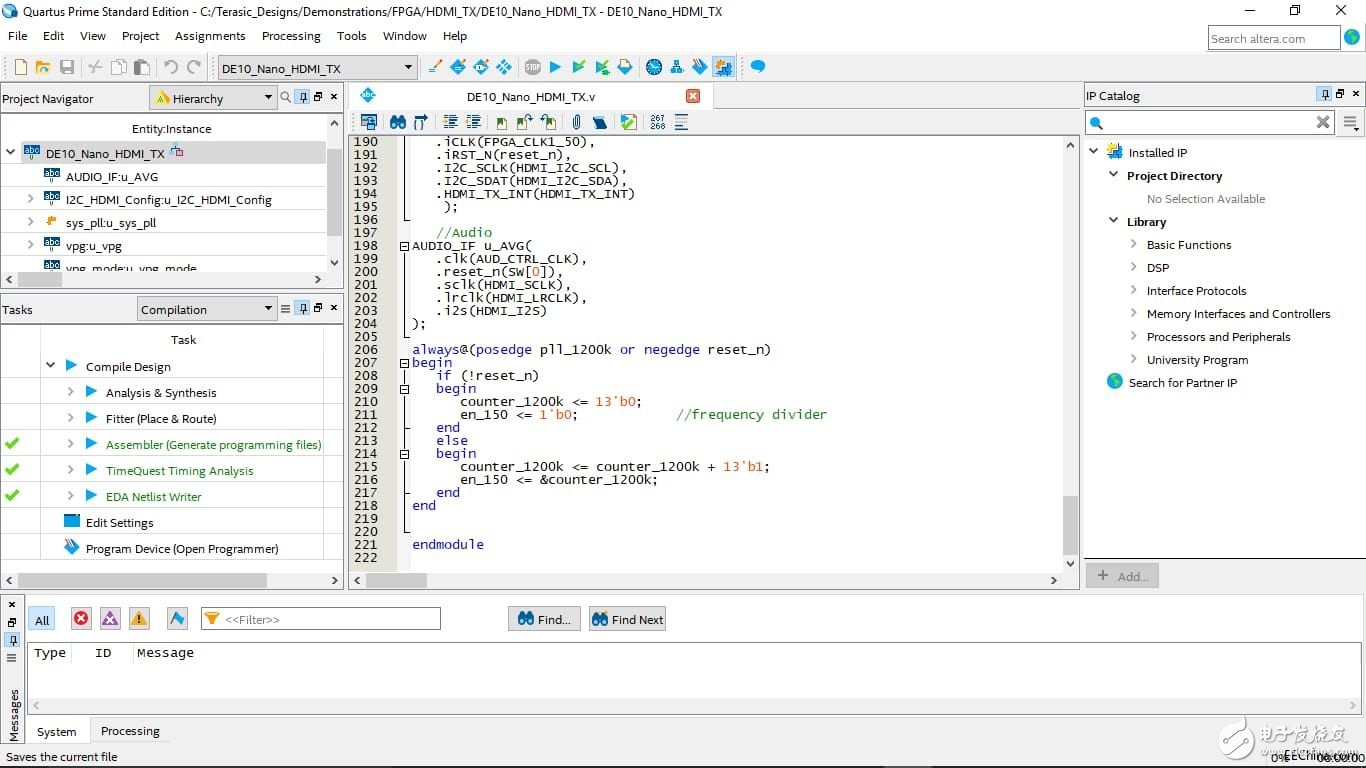
Figure 1: HDMI command set, which includes a series of uncalled code.
The project flow is as follows:
Linux HPS grabs images.
Linux hands over OpenCV processing to the FPGA.
Linux adjusts the image.
The FPGA receives the original image information and encodes it as an HDMI interface.
This is a perfect example of using HPS and FPGA. FPGAs can handle a large number of repetitive operations and implement protocols, while Linux and MCUs handle the dynamic elements of the program. This shows me the advantages of FPGA.
When I delved into the design that contained only MCUs, I discovered the other advantages of FPGAs: It requires very few components, and it can make MCUs with lower cost and better performance get very good results. For example, an MCU-only design will require higher A52 conditions for image processing, in addition to a GPU for graphics acceleration and more RAM to complete the entire design. After the design is completed, the end result is still a locked, limited, scalable module. With FPGAs, these components can be introduced into the same chip, so the product-level PCB design is simpler because it requires fewer component interfaces and the resulting modules can still be upgraded or optimized.
The light bulb above my head may be seen a few miles away.
Integrating multiple functions into a single circuit, reducing the number of interfaces, or modifying functions based on circuits are all advantages of FPGAs, but its benefits extend far beyond these. FPGAs changed the way I added external components to accomplish tasks efficiently: instead of "Step 1, Step 2, Step 3," I'm now thinking of doing so: "Steps A, B, and C, and when executed After completing B, execute D". Now, the reason why it takes time to study the MCU-to-FPGA development conversion has become more and more clear.
Put the credit card , some small charge and Coin , it will save your space.Many card slots will give your enough capacity .We sell business card holder,Credit Card Holder,RfID blocking card holder,wallet card holder,etc.
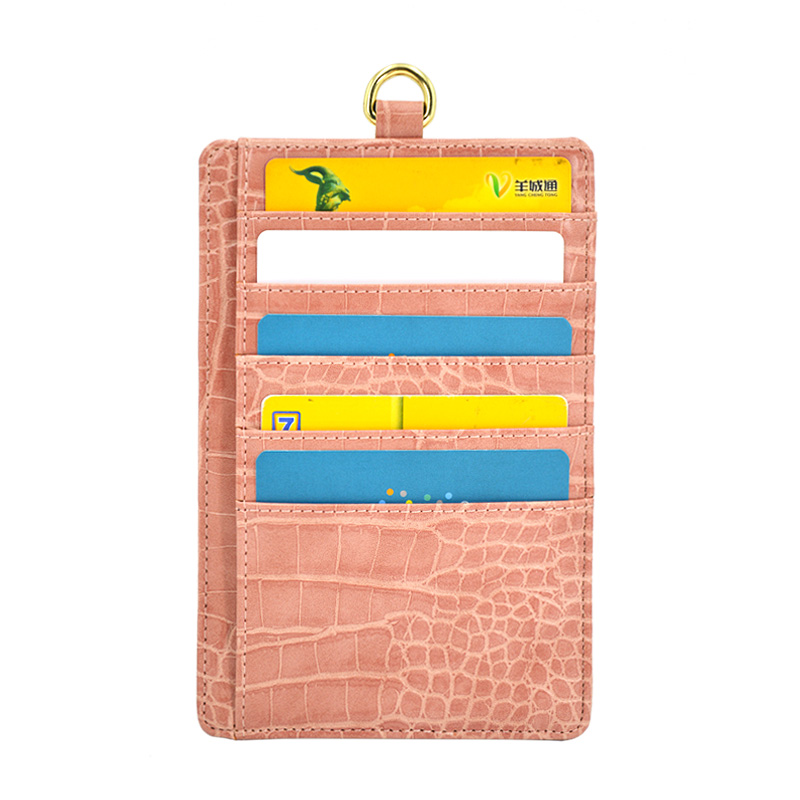
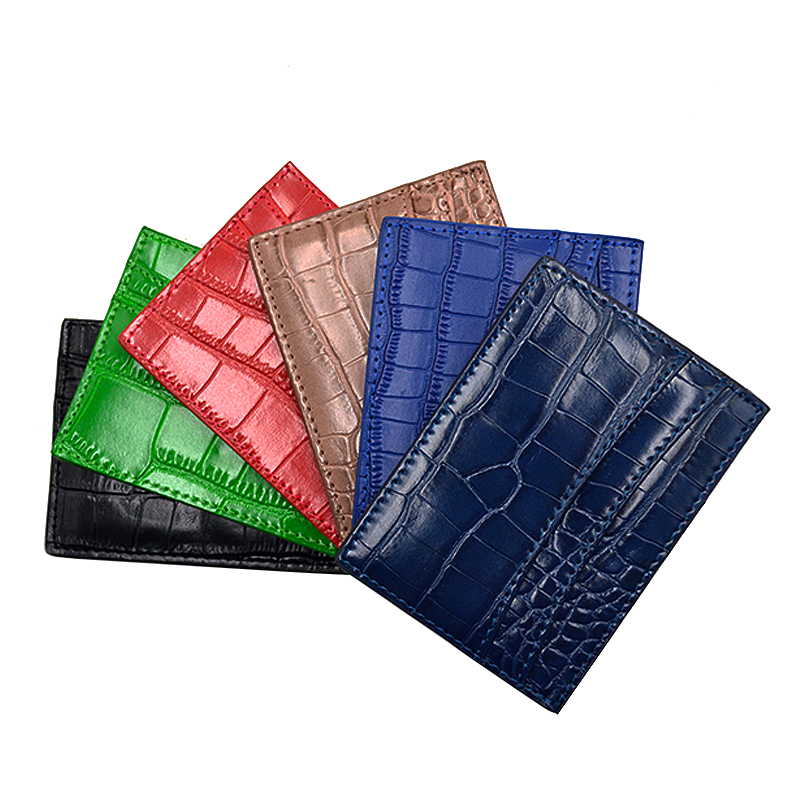
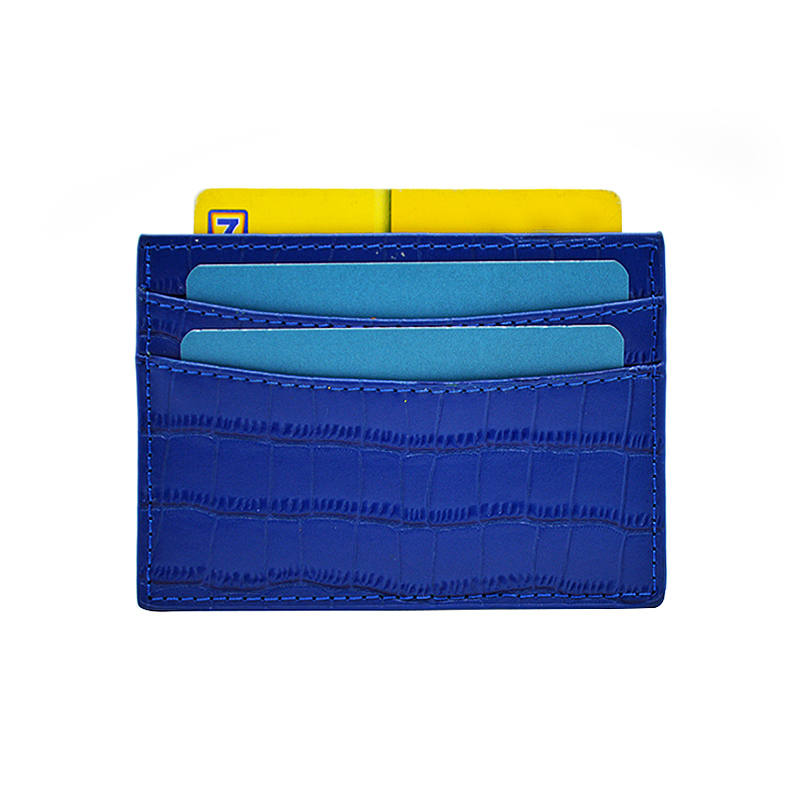
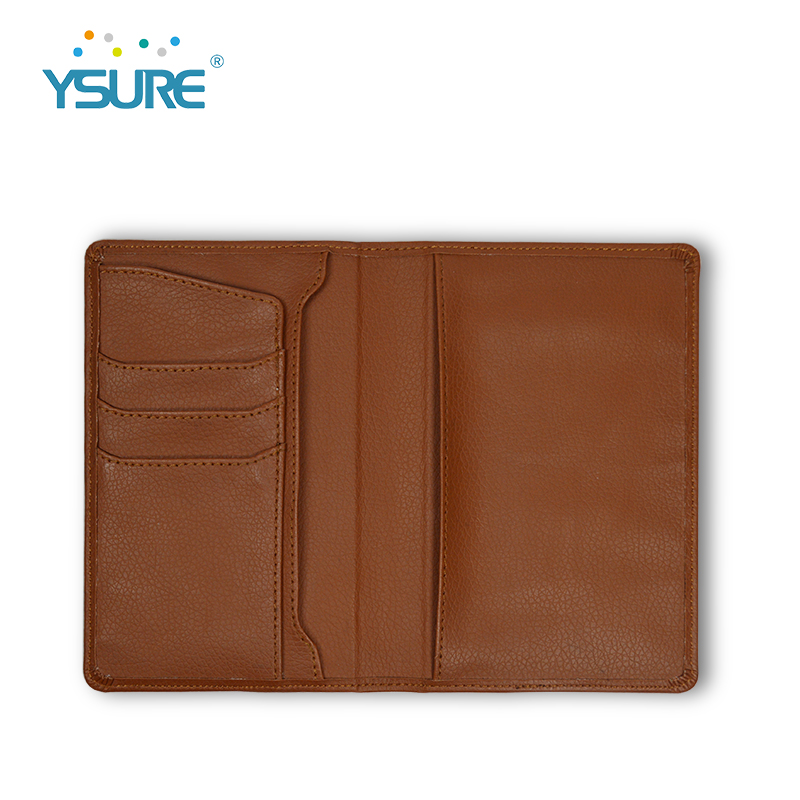
We employ the most creative designers and tech brilliant engineers to make the best cases. We believe our high-quality products with competitive prices will satisfy your needs.
The productive process :
Make the Products Mould –Cutting the fabric –Do the half products – Finish products – Cleaning –QC- Package – Shippment .
Card Holder,Slot Card Holder,Credit Card Holder,Card Holder Wallet
Ysure Leather case 24/7 Support : 86 13430343455 , https://www.ysurecase.com